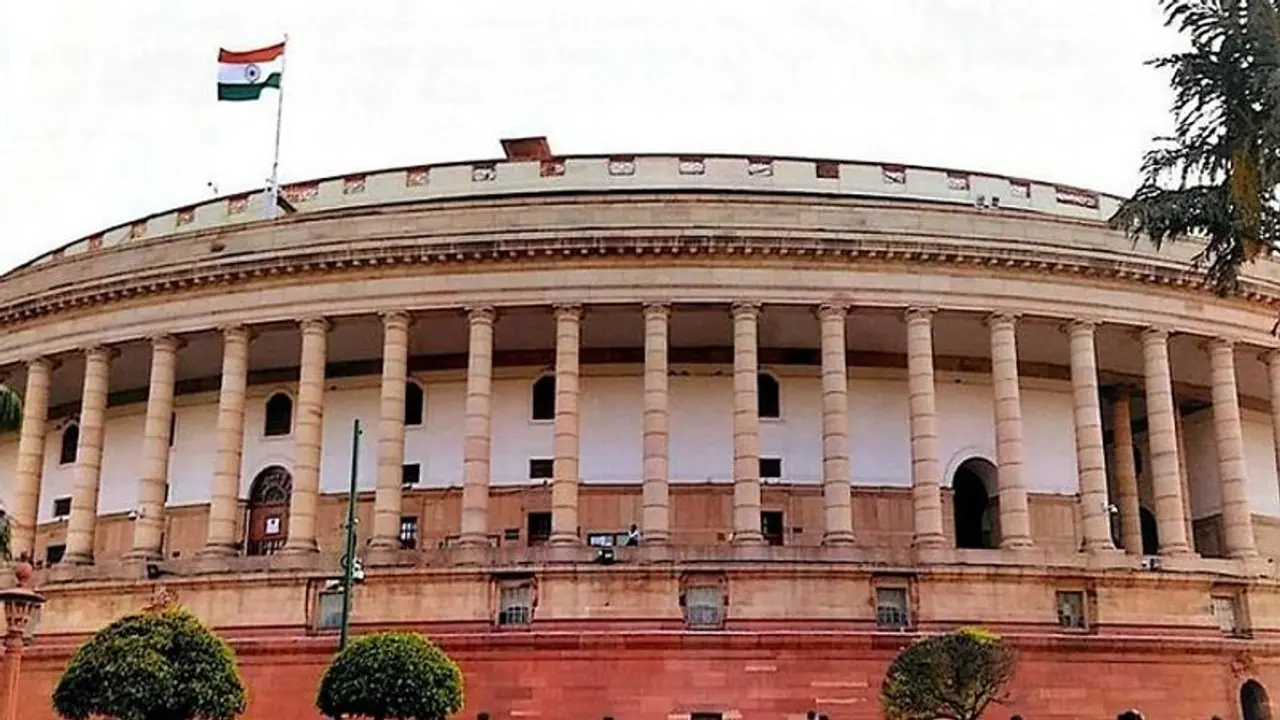The Vice-President presides over the Rajya Sabha, which is the penultimate stage before a law is delivered to the President for signature. According to the constitution, because the Rajya Sabha is the Council of States, the allocation of Rajya Sabha seats is based on the population of each state. Know the whole process of electing an MP.
Elections for 57 Rajya Sabha seats in 15 states are scheduled for June 10, with results expected the same day. With as many as 41 candidates previously declared unchallenged, the race will now be for 16 seats in four states: Maharashtra, Rajasthan, Haryana, and Karnataka.

Unlike in Lok Sabha elections, when members are elected directly by the public, Rajya Sabha MPs are elected indirectly, through MLAs.
What is the Rajya Sabha?
The Rajya Sabha, or Upper House of Parliament, is patterned after the United Kingdom's House of Lords. The Rajya Sabha presently has 245 members, with 233 elected and 12 appointed. The Upper House cannot have more than 250 members, according to the constitution. While 233 members are chosen from states and Union Territories (UTs), the remaining 12 are nominated by the President of India from the domains of art, literature, science, and social services.
Also Read | Rajya Sabha Election: Why Nitish Kumar ignored his friend, and chose 'outsiders'
The Vice-President presides over the Rajya Sabha, which is the penultimate stage before a law is delivered to the President for signature. According to the constitution, because the Rajya Sabha is the Council of States, the allocation of Rajya Sabha seats is based on the population of each state.
How are members elected?
Members of the Rajya Sabha are chosen via an open ballot and a single transferable vote. Members of a state's Legislative Assembly vote in Rajya Sabha elections using a system known as proportional representation and the single transferable vote (STV). Each MLA's vote is only counted once.
A Rajya Sabha member serves for six years. Every other year, one-third of the members retire and are replaced by freshly elected members. Each member is appointed for a six-year term. Bypolls are held in the event of death, disqualification, or resignation.
Voting process
Because MLAs elect Rajya Sabha members, political parties having a larger representation in the Lok Sabha are likely to send more MPs to the Upper House. However, this is not always the case.
Also Read | Rajya Sabha election: Congress picks spark criticism and dissent
MLAs do not vote for every seat under the voting system. If such were the case, only candidates from the ruling party would be elected. Instead, MLAs must rank candidates in order of preference. A candidate is elected if a certain number of voters chose him or her as their first choice. The leftover votes are distributed to the following contestants, but with a lower value. As a result, MLAs vote for candidates from other parties.
The candidate who receives the highest ranking from an MLA receives a first choice vote. A candidate must receive a certain amount of such first choice votes in order to win. This figure is determined by the size of the state Assembly and the number of MPs it sends to Rajya Sabha.
To win, a candidate must receive a certain number of votes, known as the quota or preference vote. The formula is = [Total number of votes/(Number of Rajya Sabha seats + 1)] + 1.
